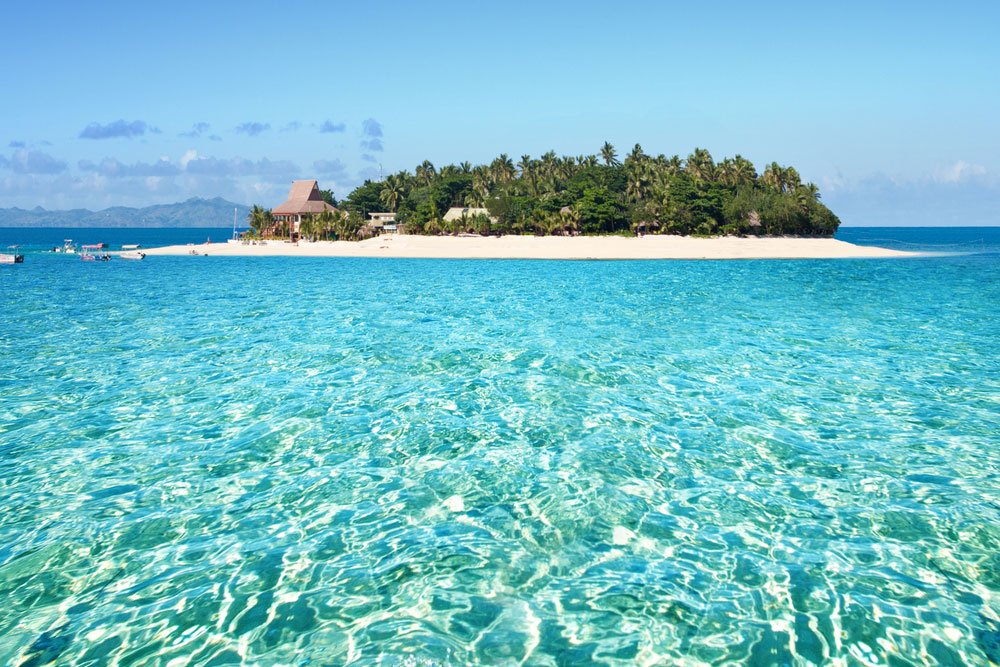The Importance of Festivals in Fijian Culture
Fiji is renowned for its vibrant cultural traditions, which play a pivotal role in the social fabric of the islands. Festivals serve as a significant platform for showcasing indigenous art forms, allowing communities to preserve and share their unique heritage. Events such as the Fiji Art Festival not only celebrate the artistic talent of local artisans but also enhance community cohesion. By gathering people from various backgrounds, these festivals foster an environment where traditional practices can flourish and evolve. The significance of such events extends beyond artistry; they instill a sense of pride and identity among the Fijian people. For more information on the cultural richness of Fiji, visit Fiji Islands.Indigenous Art Forms in Fiji
Fiji’s indigenous art forms encompass a wide array of practices, including weaving, carving, and traditional painting. Each art form is deeply rooted in the history and customs of the Fijian people, often telling stories of ancestors, nature, and spirituality. Festivals like the Fiji Art Festival provide a vital opportunity for artisans to demonstrate their skills and share their cultural narratives with a broader audience. These events help to keep traditional techniques alive, ensuring that younger generations are inspired to learn and continue these practices. By promoting indigenous art, festivals also contribute to cultural tourism, which highlights the importance of preserving these art forms in a rapidly changing world.The Role of Cultural Exchange in Festivals
Cultural exchange is a vital component of Fiji’s festivals, where locals and visitors alike can engage with the art and traditions of the islands. When individuals from New Zealand and other countries participate in events such as the Fiji Art Festival, they contribute to a rich tapestry of cultural interaction. This exchange not only enhances the understanding of Fijian art but also allows for the sharing of practices from other cultures, creating a dynamic environment for creativity. For instance, workshops where Fijian artisans collaborate with New Zealand Maori artists can lead to innovative art forms that blend traditional techniques with contemporary ideas. Such interactions inspire mutual respect and appreciation for diverse cultural heritages.Celebrating the Arts through Community Engagement
Community engagement is a cornerstone of Fiji Island festivals. Local communities rally together to organize events, ensuring that indigenous art forms are not only preserved but also celebrated. The Fiji Art Festival serves as a testament to the power of collective effort, showcasing the talents of both established and emerging artists. Through performances, exhibitions, and interactive workshops, community members actively participate in the preservation of their culture. This level of engagement instills a sense of ownership and responsibility towards maintaining traditional practices, making the festival a crucial part of cultural sustainability. The involvement of local schools and youth groups further emphasizes the importance of passing down knowledge and skills to future generations.Economic Impact of Festivals on Indigenous Art
Fiji Island festivals, particularly the Fiji Art Festival, play a significant role in supporting the local economy. By attracting tourists and art enthusiasts, these events create opportunities for artists to sell their work and share their craft with a global audience. Economic benefits extend beyond the artists themselves; local businesses, such as hotels, restaurants, and craft shops, also thrive during festival seasons. This influx of visitors contributes to the sustainability of indigenous art forms, as increased revenue allows artisans to invest in materials, tools, and training. Moreover, enhancing the visibility of Fijian art on an international stage encourages the preservation and innovation of traditional techniques, benefiting the cultural landscape.Challenges Facing Indigenous Art Forms
Despite the positive impact of festivals, indigenous art forms in Fiji face several challenges. Globalization and the influx of mass-produced goods threaten the authenticity and survival of traditional crafts. Festivals like the Fiji Art Festival are crucial in providing a platform for local artisans to showcase their work, yet there is a constant need to adapt to changing market dynamics. Additionally, the lack of resources and training for new artists can hinder the transmission of traditional skills. To combat these challenges, it is vital for communities to continue supporting festivals and initiatives that prioritize indigenous art, ensuring that future generations have the tools and knowledge necessary to keep their cultural heritage alive.Conclusion: The Future of Fijian Indigenous Art
The future of Fijian indigenous art forms is intrinsically linked to the continuation of festivals that celebrate and promote these traditions. As communities come together to support events like the Fiji Art Festival, they create an environment where cultural heritage can thrive. It is essential for both locals and international visitors to engage in these festivals, fostering a deeper appreciation for Fijian art and culture. By cultivating an awareness of the importance of preserving these practices, future generations can inherit a rich cultural legacy. The collaboration between Fijian artisans and global artists can lead to innovative expressions of art that respect tradition while embracing modernity. In this way, festivals will remain a vital force in sustaining the vibrant cultural landscape of the Fiji Islands.FAQs
What is the significance of festivals in Fiji for indigenous art forms?
Fiji island festivals play a crucial role in preserving indigenous art forms by providing a platform for artists to showcase their work, share traditional practices, and educate the community about their cultural heritage. These festivals foster a sense of pride and continuity in Fijian culture, ensuring that traditional art forms are passed down through generations.
How does the Fiji Art Festival contribute to cultural preservation?
The Fiji Art Festival is a prime example of how cultural events can contribute to the preservation of indigenous art. By bringing together artists, performers, and community members, the festival creates opportunities for dialogue, collaboration, and appreciation of traditional art forms, encouraging their ongoing relevance in contemporary society.
What types of indigenous art are showcased during Fiji island festivals?
Fiji island festivals showcase a wide range of indigenous art forms, including traditional weaving, carving, pottery, and dance. These art forms reflect the rich cultural heritage of Fiji and are often imbued with spiritual significance, making their presentation at festivals vital for cultural education and preservation.
How do festivals help educate younger generations about indigenous art?
Festivals serve as educational platforms where younger generations can engage directly with artists and craftsmen. Through workshops, demonstrations, and interactive activities, children and youth learn about the techniques and histories behind various art forms, fostering a sense of connection to their cultural roots.
What role do community members play in Fiji island festivals?
Community members are essential to the success of Fiji island festivals. They participate as artists, organizers, and audience members, helping to create a vibrant atmosphere that celebrates cultural heritage. Their involvement ensures that the festivals remain relevant and reflective of the community’s values and traditions.
Are there any challenges facing indigenous artists in Fiji today?
Yes, indigenous artists in Fiji face challenges such as globalization, which can dilute traditional practices and introduce contemporary influences that overshadow indigenous art forms. Additionally, access to funding and resources for artists can be limited, making festivals like the Fiji Art Festival crucial for providing visibility and support.
How can people get involved in supporting indigenous art in Fiji?
People can support indigenous art in Fiji by attending festivals, purchasing artworks directly from artists, and participating in workshops or cultural events. Additionally, spreading awareness of the importance of these art forms and advocating for their inclusion in educational programs can help ensure their preservation for future generations.
References
- Fiji Islands Official Tourism Website – This site provides insights into various festivals celebrated in Fiji, showcasing their significance in preserving indigenous culture and art forms.
- Fiji Times: Fiji Festivals and Their Importance in Culture – An article that discusses the cultural relevance of festivals in Fiji and their role in maintaining traditional art forms.
- Cultural Festivals of Fiji: The Catalyst for Social Cohesion – A research paper analyzing how cultural festivals contribute to social unity and the preservation of indigenous arts in Fiji.
- The Role of Festivals in Indigenous Cultural Preservation – A scholarly article examining the impact of festivals on the preservation of indigenous cultures and arts, with references to Fijian examples.
- UNESCO: Festivals and Cultural Heritage – This page discusses the importance of festivals in cultural heritage preservation globally, including insights applicable to Fiji’s indigenous art forms.







